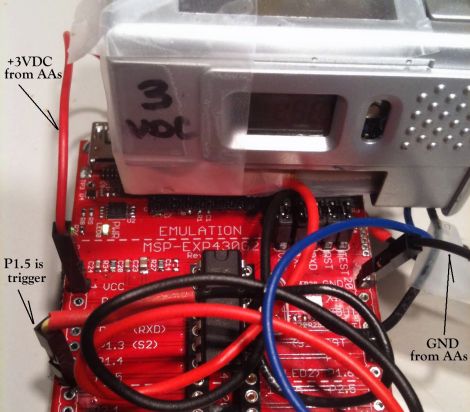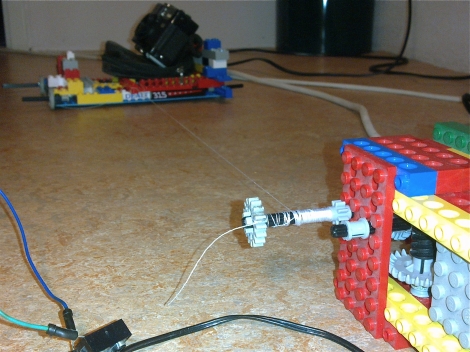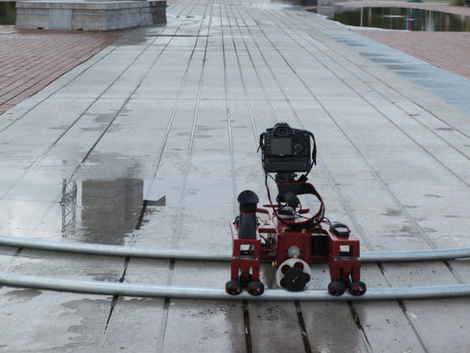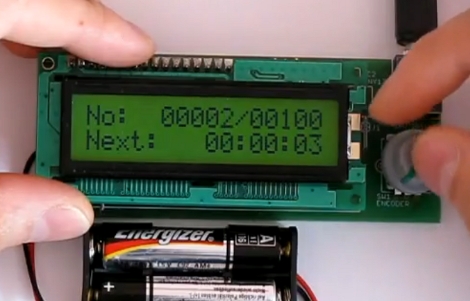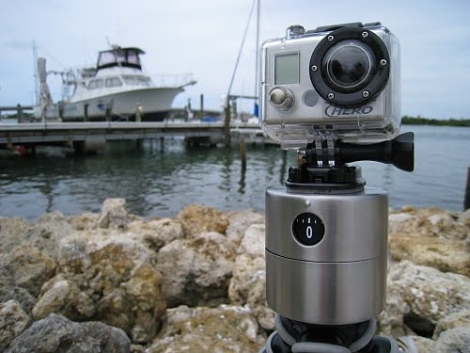
Panning time lapse photographs always look pretty cool, but there’s that whole “making a panning time lapse” rig that gets in the way of all the fun. [Getawaymoments] put together a tutorial quite a while ago showing how to use Ikea egg timers as cheap and dispensable panning units, and has updated his instructions with a pair of refreshed designs.
He stumbled upon two new egg timers at Ikea, the Stam and Ordning, which sell for $1.99 and $5.99 respectively. The Stam is a small plastic model that can be fitted with a set screw, to which most cameras can be mounted. A small bushing can also be installed in the timer’s plastic base, allowing it to be mounted on any standard tripod.
The Ordning is a beefier unit capable of withstanding more abuse than its plastic brethren, hence the larger price tag. A few minutes on the drill press makes room for a metal bushing, allowing the Ordning to be installed on any tripod as well.
The hack isn’t high tech, but we’re impressed with the results he was able to get with these simple kitchen timers. For the cost and time required to build them, they are sure to give most other panning rigs a run for the money.
Continue reading to see a short instructional video demonstrating how to build one of your own.
[via Make]
Continue reading “Build Cheap Panning Camera Mounts For Time Lapse Photography”


